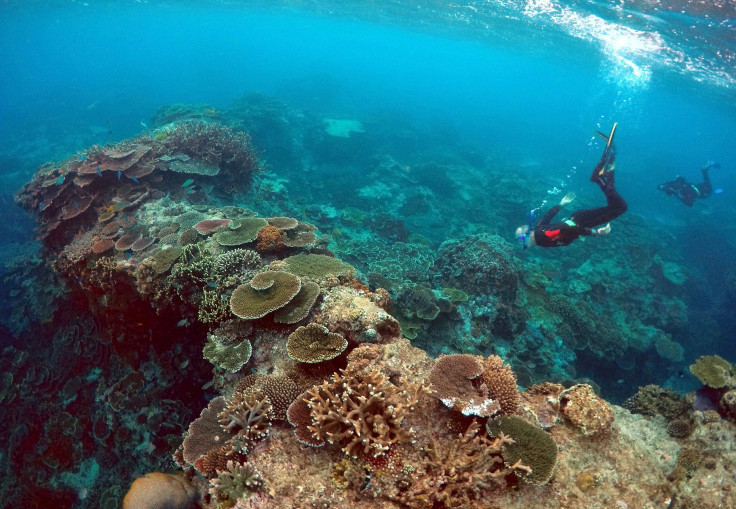Great Barrier Reef suffers for second year, enters 'unchartered territory'

The Great Barrier Reef has endured another mass bleaching event this year. The findings, confirmed by the Great Barrier Reef Marine Park Authority (GBRMPA), came following aerial surveys of water between Cairns and Townsville. Video footage showed a massive stretch of white coral without any sea life.
This is the second time in a row mass coral bleaching has occurred at the reef. With this, the health of the largest living thing has entered “unchartered territory,” according to Dr. Neal Cantin from the Australian Institute of Marine Science.
“This is the first time we have ever seen bleaching in back-to-back summers," Cantin said, adding that more work is needed to be done to slow down the ramifications of global warning. “We are on target to be two-and-a-half to three-and-a-half degrees warmer by the end of the century, which is not a good target for our reefs. We are extremely concerned moving into the future."
As much as two-thirds of the coral coverage perished on the reef north of Port Douglas, Queensland. Last year, large areas of the reef caused massive bleaching as a result of warmer water temperatures.
The collected findings “regrettably” provided adequate evidence to confirm the reef had experienced another mass bleaching, GBRMPA reef recovery director Dr. David Wachenfeld said, speaking with the ABC. Almost 22 percent coral had perished in the last year’s mass bleaching. This is the first time the reef has endured bleaching for two consecutive years.
Bleaching has affected more in areas further south, which is frequently visited by tourists. In contrast, more remote northern areas of the reef were impacted last year. Further analysis by agency and scientists is required to calculate the scale of bleaching. The death rate of coral will be determined in the next six months.
Wachenfeld said it has not yet been made clear how this year’s bleaching compared with last year. “ To some extent it's not as important whether this event is not quite as bad or worse than last year's, I think what's important is that the climate is changing and that is bringing a much greater frequency of extreme weather events to the Great Barrier Reef,” he said.
Bleaching happens when warm waters cause the coral to oust algae living in their tissues. This, in turns, whitens the coral. In 2015, UNESCO spared the Great Barrier Reef an “in danger” listing. However, it is believed that the site remains on the organisation’s “watch list.






